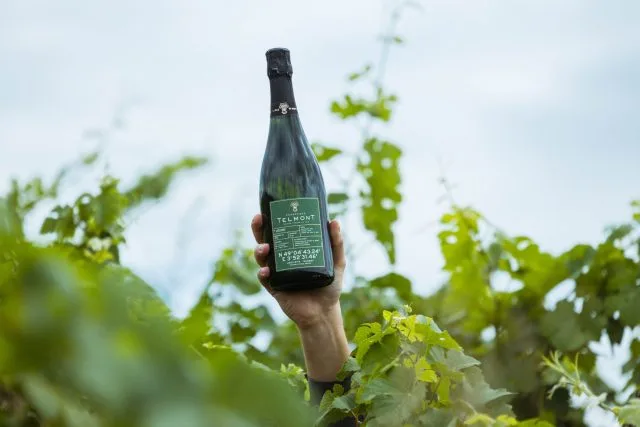The red wines of Portugal are a melange of relatively unfamiliar grapes, often joined together in blends that distinguish the country from so many other wine regions where single-varietal wines dominate.
In this sense, Portuguese reds are like the white wines (which I wrote about in my last column) and the country’s namesake and famous Ports, both of which are also typically blended.
You can also find a range of styles in Portuguese reds, including lighter, lower-alcohol expressions (including a spectacular example on the list below); powerful, concentrated wines that almost demand meat; and elegant, medium-bodied examples like one that reminded me of an aged Bordeaux.
Red wines are produced in all of Portugal’s 14 wine regions, including Vinho Verde in the north, which is almost synonymous with white wines. But Douro, Dão, and the broad Lisboa regional denomination account for many of the reds you’ll find in this country.
Touriga Nacional and Tinta Roriz are among the leading grapes, the latter more commonly known as Tempranillo in Spain and elsewhere. But there are many others that make their way into the blends or are bottled as single-varietal wines, including an exquisite example of the Castelão grape in the list below.
The blending tradition has its roots in field blends that were based on myriad grape varieties grown together in the same plots and then fermented and aged together. Some of the wines are still labeled as such.
After a broad sampling of the red wines, I was struck by






